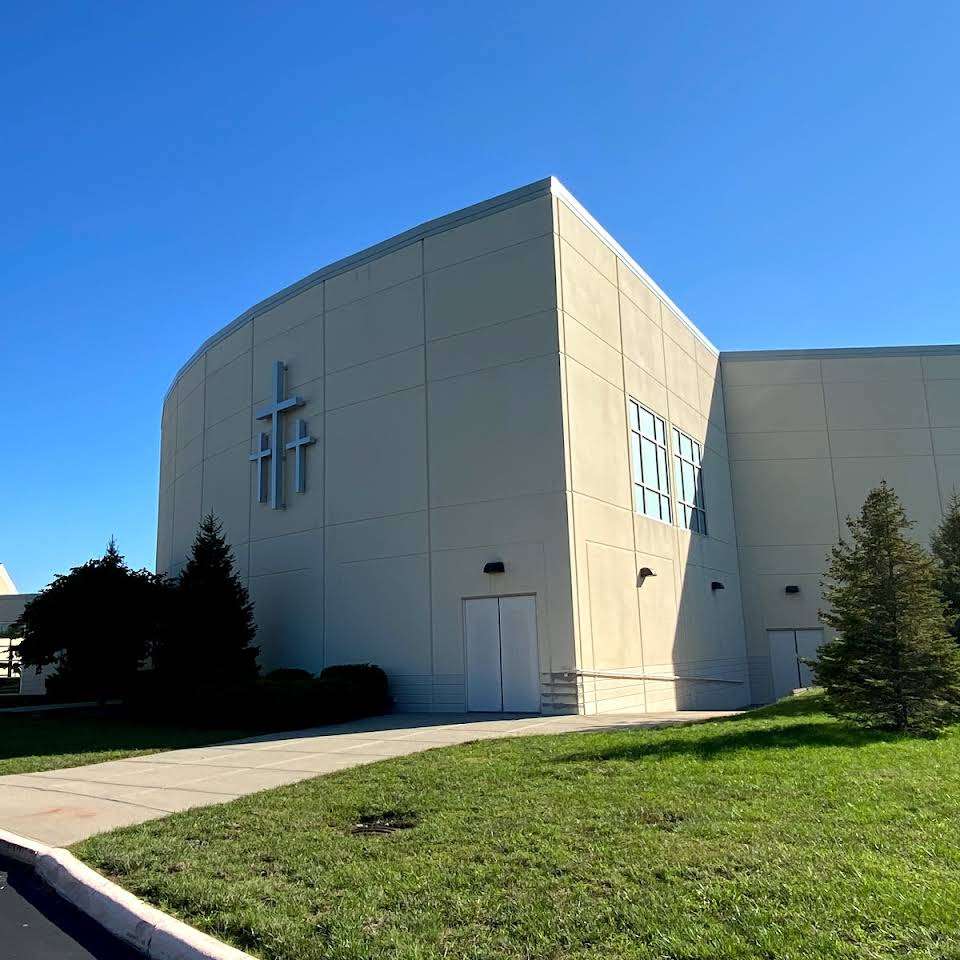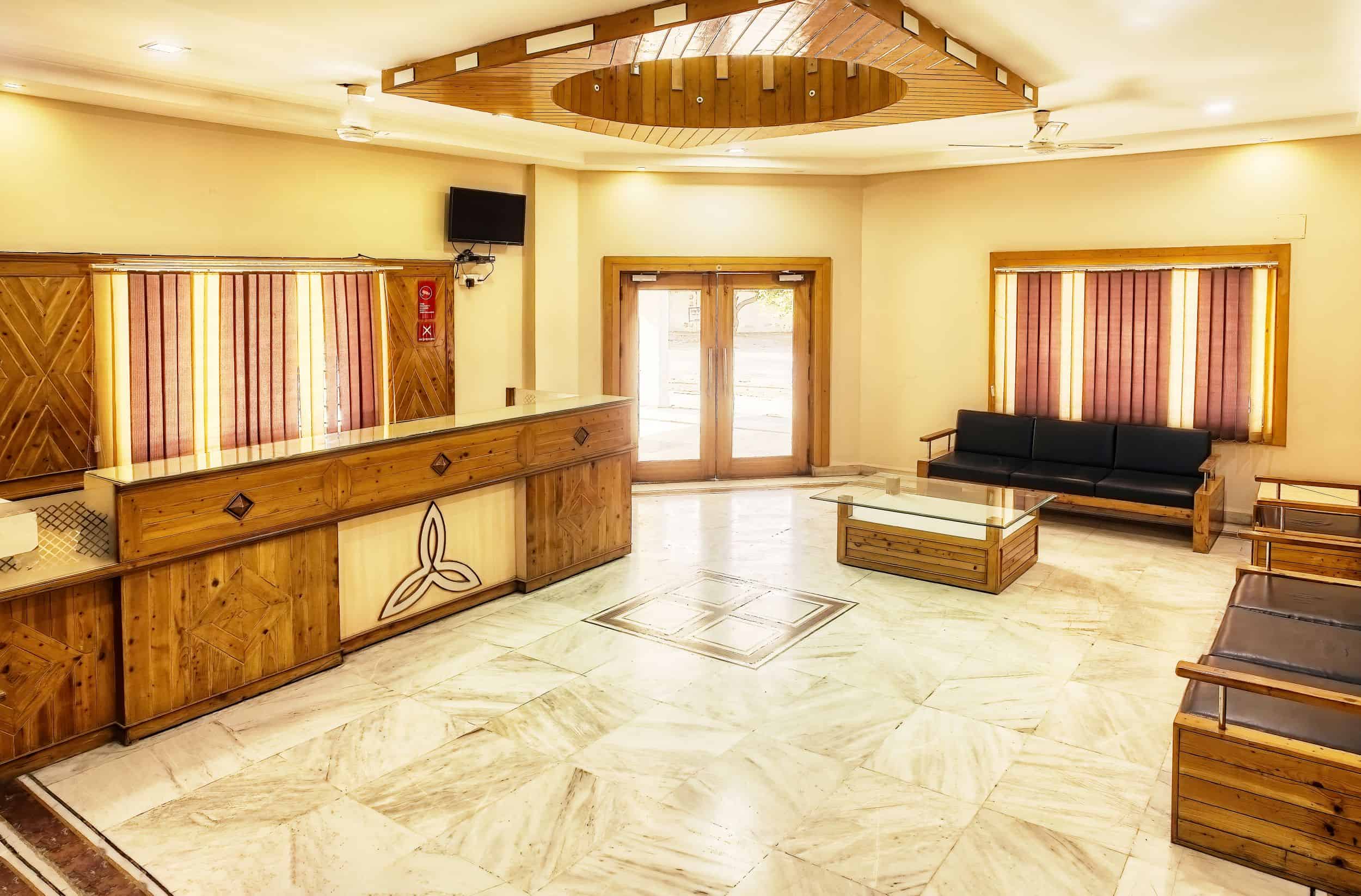Ensuring a Secure and Efficient Worksite: Your Comprehensive Guide to EIFS Installation and Repair Safety
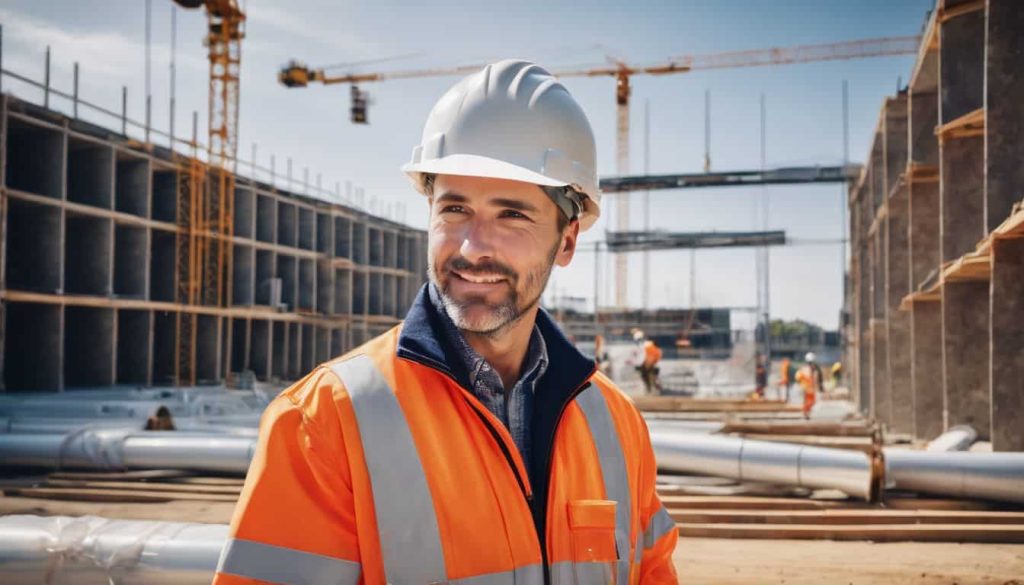
Installing or repairing Exterior Insulation and Finish Systems (EIFS) can be complex, especially when prioritizing safety. According to DryvitCARE EIFS Repair Procedures DS498 guidelines, correct installation is crucial to prevent system damage.
This blog post will provide you with essential safety protocols for EIFS installation and repair that are easy to understand and implement. Let’s create a safer workspace together!
Key Takeaways
- Training is a must for safe EIFS installation and repair. Workers learn about correct procedures, potential hazards, and how to use safety gear.
- Personal safety equipment like hard hats, eye protection, gloves, boots are crucial in all EIFS tasks. Regular tool checks help keep you safe too.
- A safety coordinator manages safety on site during EIFS works. They provide training and make sure rules from guides like DryvitCARE EIFS Repair Procedures DS498 are followed.
- Regular inspections of your EIFS system spot problems before they get worse. Inspections should include checking for water damage or wrong sealant application.
- Correct use of sealants and coatings keeps the job site safer and ensures the EIFS systems last longer. Always follow manufacturer instructions when using these materials.
- Tuck pointing in an EIFS project needs careful work with right tools and personal protective gears to protect against dust particles. Proper ventilation is also important when working indoors.
- Safety measures apply while operating boom/forklifts or swing stages to prevent accidents at work sites during ETFI installations or repairs.
Safety and Training Procedures for EIFS Installation and Repair

To ensure quality work and prevent accidents during EIFS installation and repair, comprehensive training and safety measures must be prioritized, which includes fostering expert craftsmanship, providing personal safety equipment, and appointing a dedicated safety coordinator.
Training procedures for expert workmanship
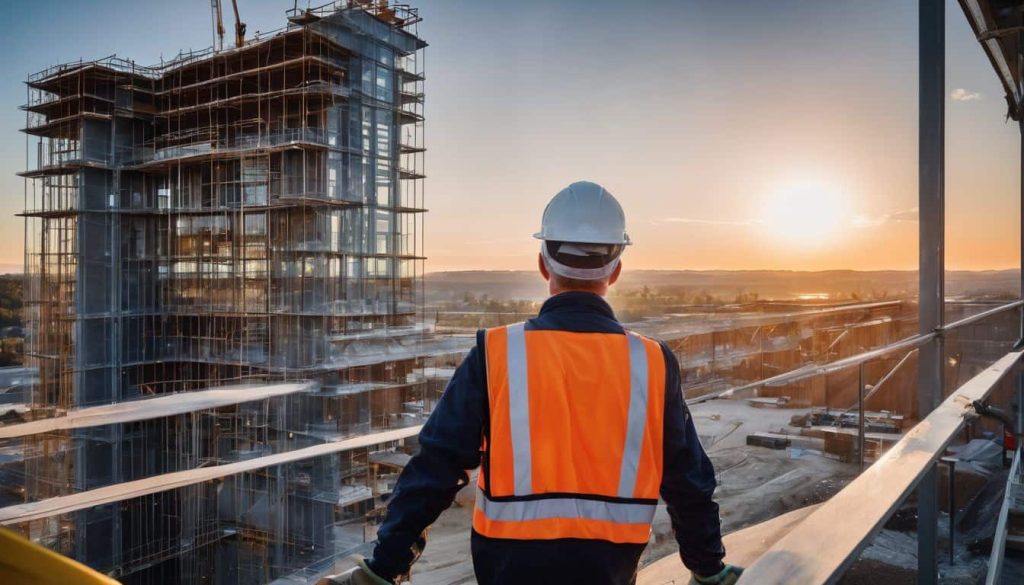
Training procedures play a key role in ensuring the proficient and safe installation and repair of EIFS systems. Here are some critical steps:
- Rigorous training programs introduce workers to industry standards, which help prevent water infiltration.
- These programs also delve into the instructions provided in the document DryvitCARE EIFS Repair Procedures DS498.
- Workers learn about installing detail mesh and insulation board or pre-wrapped pieces of insulation as part of these procedures.
- Through these trainings, individuals gain insight into restoration methods mentioned in the EIFS Restoration Guide.
- Safety trainings inform about potential hazards and precautionary measures during EIFS installation or repair jobs.
- Workers receive education on how to apply sealants to the finish coat correctly, preserving the system’s integrity as guided by Dow Chemical Company’s field testing methods.
- Comprehensive training sessions ensure that workmanship aligns with established safety protocols for construction site operations.
Personal safety protection
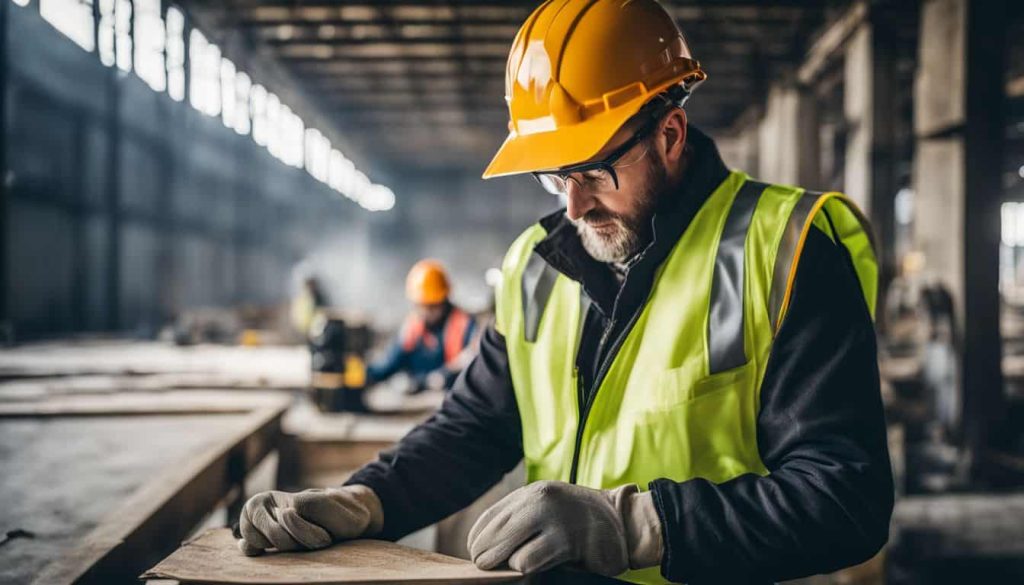
Personal safety protection plays a leading role in EIFS installation and repair. Wearing the right protective gear ensures workers’ safety while handling Exterior Insulation and Finish Systems materials.
Hard hats, gloves, eye protection, knee pads, and work boots are among the essential equipment required during EIFS tasks.
On-site accidents often result from neglecting personal safety measures. Therefore, strict adherence to workplace safety standards is crucial to prevent potential hazards. Regular maintenance of tools and equipment also contributes significantly to personal safety in construction environments.
With the right approach towards personal safety protection, not only will you ensure your well-being but also improve overall productivity in EIFS projects.
Safety coordinator
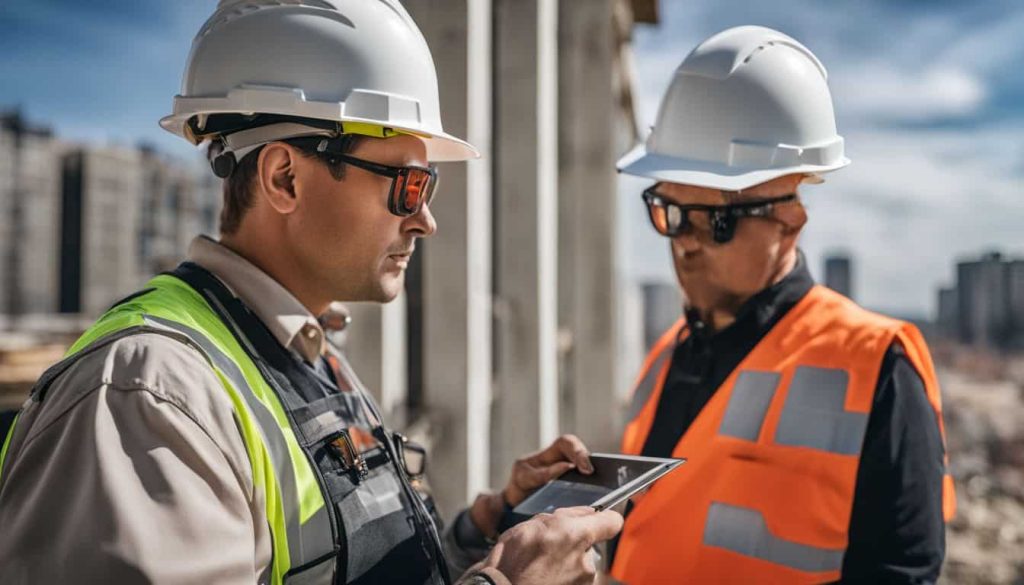
A safety coordinator is essential for overseeing the implementation of all safety protocols during EIFS installation and repair. This role holds a critical position in ensuring occupational safety, providing training sessions about the best practices for installing detail mesh, treating cracks or repairing puncture damage.
The person should have deep knowledge on safe work procedures from various resources such as DryvitCARE EIFS Repair Procedures DS498 and StoTherm-EIFS-Installation Instructions. As part of preventative measures, they also command regular yearly inspections following guidelines outlined by the EIFS Maintenance Guide.
Their presence on site helps maintain a safe working environment while preserving construction safety standards through careful supervision of sealant application to finish coats and other crucial tasks.
Safety Guidelines for EIFS Inspection

EIFS inspection plays a critical role in ensuring safety and proper functioning of the system. Regular and thorough inspections help identify potential issues, enabling timely repairs for optimal performance.
Always follow established guidelines when inspecting EIFS to ensure all components are functioning properly and no damage has occurred. Act swiftly upon noticing any signs of deterioration or damage during an inspection to maintain safety standards and extend the lifespan of your EIFS structure.
Inspection guidelines

Safety is paramount during EIFS inspections. Here are some guidelines to ensure a thorough and safe inspection process:
- Carry out inspections with the aim of determining whether the exterior of the house is functioning properly, as highlighted in the EIFS Inspection Guidelines by EIMA.
- Conduct regular yearly inspections and cleanings as emphasized by the EIFS Maintenance Guide.
- In case of damage, resort to instructions from the PROJECT MANUAL FOR EXTERIOR WALL RESTORATION on how to patch delaminated coatings, treat cracks, and repair puncture damage.
- It’s essential that inspections also evaluate workmanship quality; any water infiltration due to improper installation can cause significant damage to the system.
- Sealant applications should be examined closely during an inspection – if they’re not applied correctly to the finish coat, this can compromise the integrity of EIFS system.
- When conducting digital searches related to EIFS repair or inspection, consider using terms such as ‘EIFS repair kit’, ‘EIFS thickness minimum’, ‘EIFS repair near me’, ‘EIFS patch’, ‘EIFS inspection cost’, and ‘Dryvit repair kit’.
Ensuring proper functioning
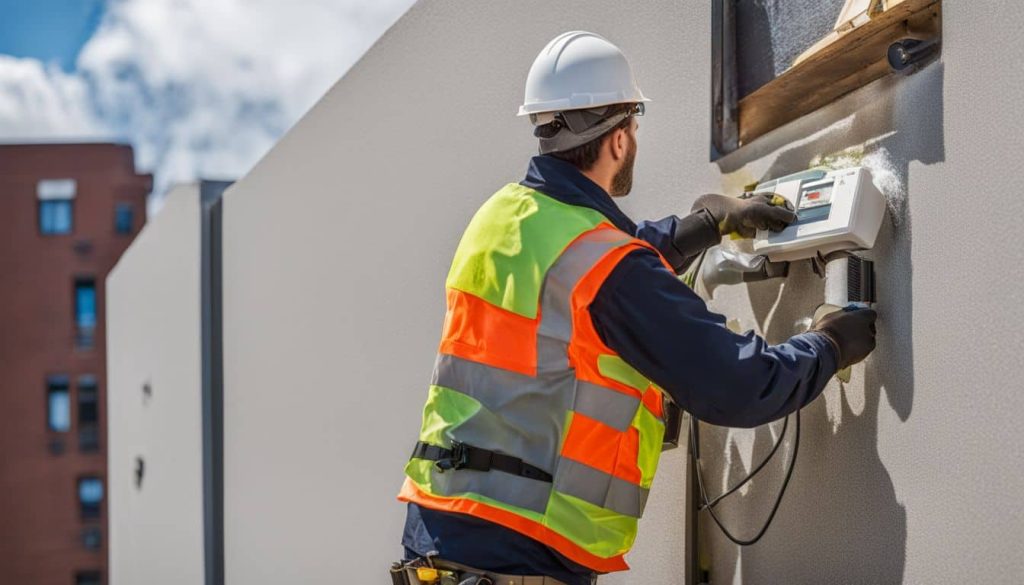
Technicians need to look out for any signs of water infiltration, deterioration, or physical damages like puncture marks or cracks.
Having professional inspectors assess EIFS is essential as they have an in-depth understanding of system components and can spot potential problem areas before they escalate into costly repairs.
They employ field testing methods recommended by EIFs restoration guides while conducting systematic checks on sealants, coatings, and primers used in EIFS applications. These experts ensure that everything from sealant application to finish coat is done correctly which protects against system failure effectively ensuring safety first!
Safety Protocols for Working with Sealants and Coatings

In EIFS installation and repair, proper use of sealants and coatings is paramount for safety reasons. Always ensure you’re using suitable types as instructed by the manufacturer. Not adhering to these rules could lead to unnecessary hazards on site.
Using appropriate sealants and coatings
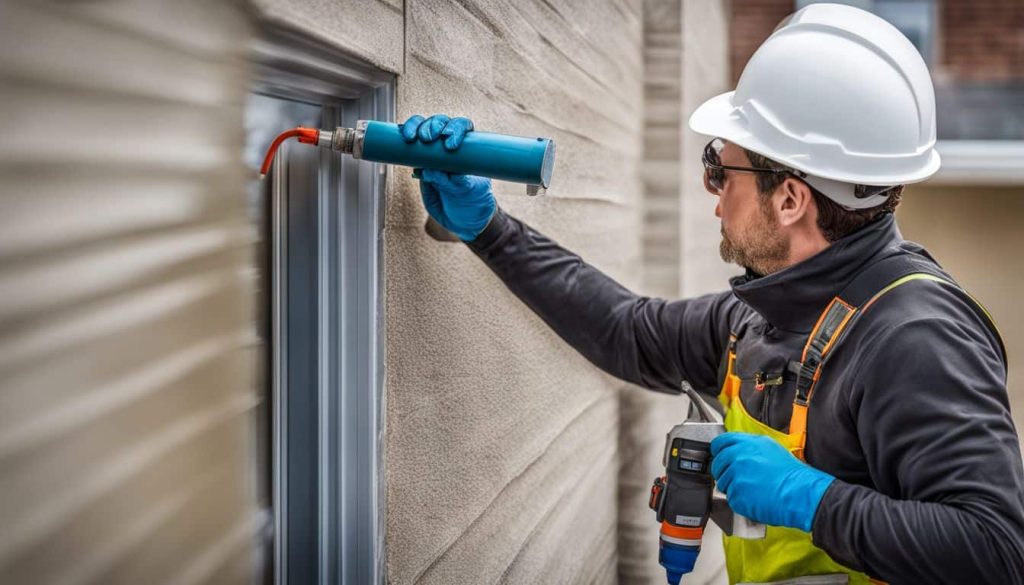
Choosing the right sealants and coatings can make a significant difference in EIFS restoration projects. These materials serve as protection, maintaining the integrity of the system and preventing water infiltration that could damage it.
It’s crucial to follow manufacturers’ guidelines when applying these products. Not only does this ensure their effectiveness, but it also enhances work safety during EIFS installation and repair procedures.
The EIFS Restoration Guide offers comprehensive instructions for deploying DOWSIL brand sealants, coatings, and primers commonly used in EIFS applications. So whether you’re sealing joinery or coating surfaces, always opt for quality products compatible with your specific EIFS system to guarantee optimal performance and longevity.
Following manufacturer instructions

Proper installation of Exterior Insulation and Finish Systems (EIFS) involves following manufacturer instructions meticulously. Ignoring these guidelines can lead to potential safety hazards and damage the structural integrity of the EIFS.
- Manufacturer instructions outline detailed measures for accurate application of adhesives and sealants, essential for sealing water out.
- They provide guidelines for using specific tools while working with EIFS systems, ensuring precise workmanship.
- These instructions render correct techniques for applying the base coat, preventing potential cracks or punctures.
- The procedure for field testing given by manufacturers guarantees successful EIFS coating implementation.
- Following these directions also ensures compliance with safety regulations during the installation or repair process.
- Manufacturer instructions indicate suitable safety gear, contributing to workplace safety.
- Strict adherence to these directions minimizes risks associated with boom/forklift and swing – stage operations during EIFS installations.
Safety Measures for Tuck Pointing

When tackling tuck pointing in EIFS installation and repair, always adhere to recommended techniques like using the right tools and materials. Don’t neglect wearing personal protective equipment such as safety glasses, gloves, and dust masks.
These steps protect you from harmful dust particles during the process. Lastly, ensure proper ventilation when working indoors for your overall well-being.
Proper techniques for tuck pointing

Tuck pointing requires precision and safety to ensure the longevity of EIFS installations. Here are some crucial steps to follow:
- Begin by ensuring a clean environment, free from loose debris or dirt that might hinder the process.
- Use personal protective equipment, including gloves, safety goggles, and dust masks to prevent injuries.
- Apply mortar only on dry and warm days as dampness can affect its effectiveness.
- Take care not to overfill joints with mortar, as it may lead to cracks in the future.
- Regularly inspect tuck – pointing for any signs of deterioration or damage.
- In case of damage detection, promptly initiate repair procedures outlined in DryvitCARE EIFS Repair Procedures DS498.
- Upon completing tuck – pointing, do a thorough cleanup to prevent potential hazards.
Personal protective equipment
Personal protective equipment (PPE) plays a critical role in EIFS installation and repair. Workers must wear safety helmets to protect against potential head injuries. Eye protection, like goggles or safety glasses, is necessary due to the dust and small particles that can be generated during these processes.
To shield their skin from harmful substances such as coatings, sealants, or adhesives used in EIFS application, workers should wear suitable gloves along with long-sleeved shirts and pants.
Furthermore, respirator masks may be required during certain tasks to prevent inhalation of fine particulates. Lastly but importantly are the correct footwear; steel-toed boots offer maximum protection on the job site where heavy materials might accidentally fall on one’s foot uniformly distributing any impact over its entire surface area thereby reducing possible injury risk effectively while providing all-day comfort too! Adequate PPE contributes significantly towards maintaining a safe work environment which leads directly into enhancing productivity levels overall within an organization setting as well ultimately benefiting everyone involved therein greatly indeed!
Safety Precautions for Boom/Forklift and Swing Stage Operations

Operating boom and forklift equipment require thorough training to prevent accidents. Swing stage operations also need strict adherence to safety protocols due to the elevated risks involved.
Operating boom/forklift safely
Proper operation of machinery is crucial in EIFS installation and repair, where the use of boom/forklifts is prevalent. Following are some key guidelines to ensure safety:
- Start with adequate training: Make sure all operators have undergone certified training for operating boom/forklifts.
- Adhere to load limits: Never exceed the weight limit recommended by the manufacturer.
- Prioritize regular check-ups: This ensures any issues or malfunctions can be addressed promptly to avoid accidents.
- Harness personal protective equipment: Helmets, gloves, and safety boots are a must when operating these machines.
- Avoid distractions: Keep focused while operating and stay aware of your surroundings at all times.
- Maintain steady speed: Rapid acceleration or abrupt brakes can lead to instability or accidents.
- Use caution with elevated loads: Raise and lower loads smoothly and gradually to prevent falling materials.
- Implement a buddy system: Have someone on the ground at all times to guide the operator, enhancing overall visibility and reducing risk.
- Understand emergency procedures: Operators must know what steps to take in case of an emergency situation.
Ensuring safety on swing stages
Swing stages can present significant safety challenges during EIFS installation and repair. Below are essential guidelines to ensure safety during these operations:
- Prioritize regular inspection of the swing stage apparatus. This helps prevent malfunction or failure that could lead to accidents.
- Always use personal protective equipment, including helmets, gloves, and fall protection gear.
- Ensure that operators understand how to control and coordinate the movement of the swing stage safely.
- Keep the operations area clutter – free to avoid potential tripping hazards.
- Follow manufacturer instructions for the setup, operation, and maintenance of swing stages.
- Implement a buddy system where possible, with one worker watching over another throughout the operation.
- Immediately halt operations at signs of adverse weather conditions such as high winds or storms.
- Regularly undertake safety training courses specific to swing stage operations amongst workers.
- Stay updated with the latest Occupational Safety regulations related to swing stage operations.
EIFS Repair Procedures for Deterioration and Damage
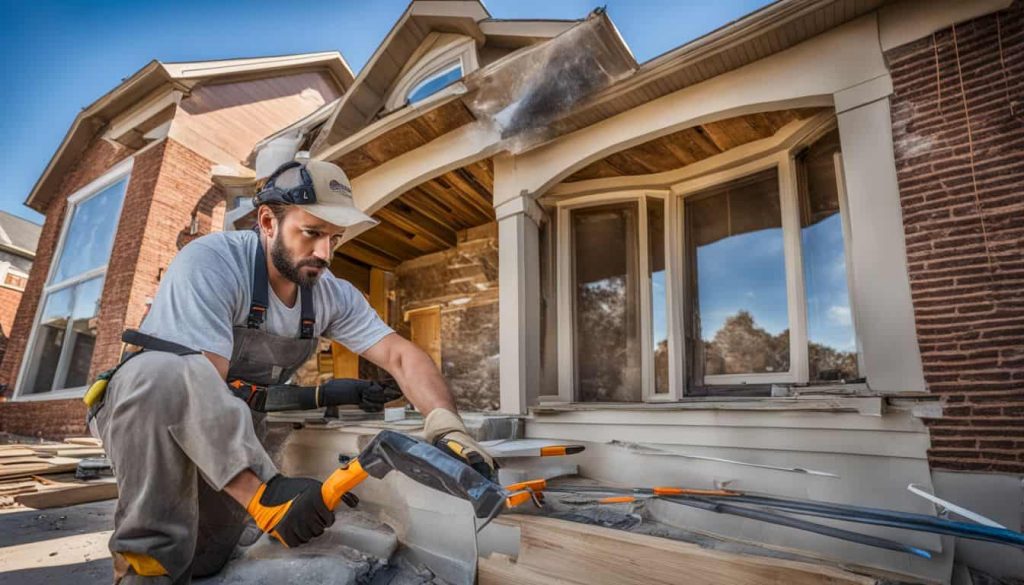
When dealing with deterioration and damage in EIFS, key procedures involve patching delaminated coatings, repairing puncture damage, and treating cracks. These steps ensure a safe and efficient repair process while maintaining the quality of the EIFS system.
Patching delaminated coatings
Patching delaminated coatings is a crucial step in EIFS repair procedures. Here’s how it’s typically done:
- Identify the affected area of the EIFS system.
- Carefully remove the delaminated coatings.
- Clean and dry the exposed surface.
- Apply a new layer of base coat over the surface.
- Embed a reinforcing mesh into the wet base coat.
- Wait until the base coat hardens before applying a finish coat that matches previously applied product.
- Monitor regular inspections to maintain durability and extend life span.
Repairing puncture damage
Puncture damage can seriously compromise the integrity of an EIFS system, but effective repair methods can restore its functionality.
- Inspect the system for any signs of puncture damage.
- Clean out debris from the damaged area using a stiff brush.
- Cut out damaged portions with a sharp utility knife.
- Apply a base coat material to the cut – out area.
- Insert new foam insulation into the cut – out space, ensuring it fits securely.
- Apply another layer of base coat and embed mesh in it as per manufacturer instructions.
- Apply finish coat matching existing texture and color.
- Allow adequate drying time before exposing to weather conditions.
Treating cracks
Appropriate treatment of cracks is crucial in EIFS repair procedures. This process entails several vital steps:
- Begin by identifying the crack locations on the EIFS surface.
- Clean and prepare the crack areas, ensuring they are free from dust or debris.
- Apply a suitable sealant into the crack, following manufacturer instructions.
- Use a sealant tool to smooth out the sealant and ensure it penetrates deeply into the crack.
- Allow sufficient drying time for optimal sealant performance.
- Finally, apply an appropriate EIFS finish over the treated area, blending it smoothly with the surrounding surface.
Safety Guidelines for EIFS Maintenance
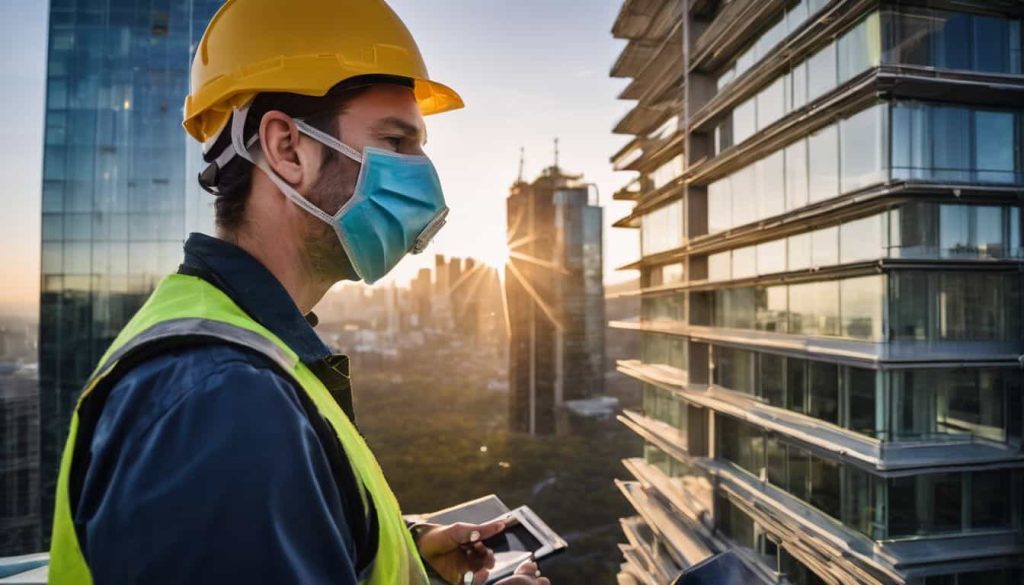
Ensuring EIFS maintenance safety is pivotal to preventing damage to surroundings and applying solutions safely. Discover more about these essential guidelines by delving further into this comprehensive guide on EIFS safety.
Preventing damage to surroundings
Preventing any damage to the surroundings while carrying out EIFS installation and repair tasks is of paramount importance. Here are some effective ways to ensure this:
- Utilize protective covers: Shield all nearby windows, doors, and other surfaces with plastic sheets or drop cloths.
- Practice controlled handling: Always handle materials and tools with care to avoid accidental drops or spills that could cause damage.
- Remove loose debris: Clear the work area of any loose debris before beginning an EIFS project.
- Respect landscaping: Be careful not to harm plants or other landscaping features during the installation or repair process.
- Use containment strategies for dust and particles: Implement containment systems as directed in DryvitCARE EIFS Repair Procedures DS498 to manage dust, residues, and waste.
- Plan for safe disposal: Dispose of waste materials properly according to local regulations, ensuring that they won’t harm the surroundings.
Applying solutions safely
Safe application of solutions during EIFS installation and repair is necessary to ensure the integrity of the system. Here are some steps to follow:
- Always read manufacturers’ instructions before using any solution.
- Use safety equipment like gloves and eye protection when handling harsh chemicals.
- Only use approved adhesives, sealants, or coatings for EIFS applications.
- Apply the solutions in well – ventilated areas to prevent exposure to harmful fumes.
- Keep solutions out of reach from children and pets to avoid accidents.
- Never mix different solutions unless it’s specified in the instructions.
- If a solution comes into contact with your skin or eyes, rinse immediately with plenty of water.
- Dispose used containers appropriately as per local regulations, do not reuse them for other purposes.
Importance of Safety Built into EIFS Procedures
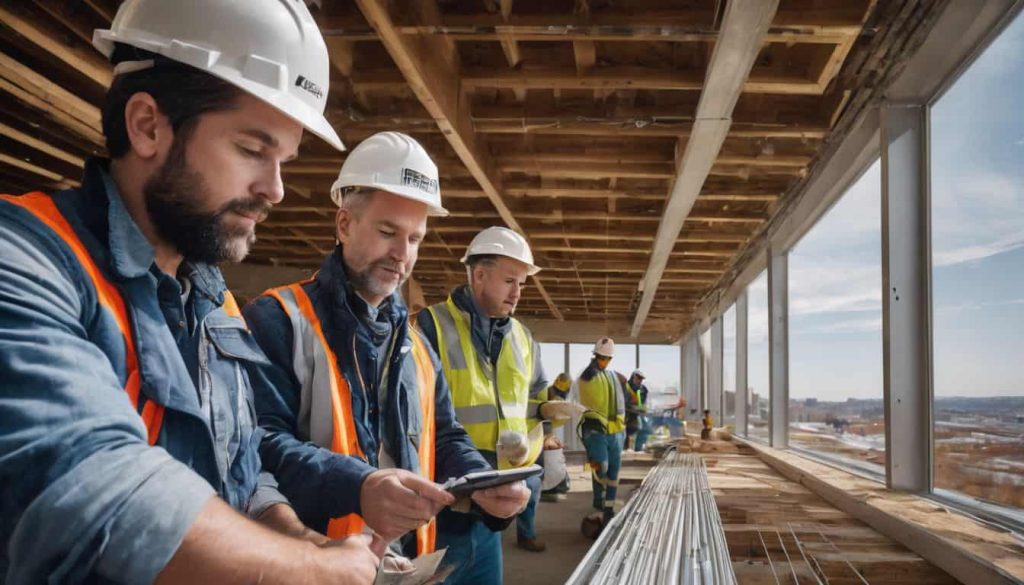
Incorporating safety into every step of EIFS procedures is vital in protecting workers and ensuring an efficient, seamless repair or installation process; delve deeper to learn more about how prioritizing safe practices can create a safer work environment.
Prioritizing safety in EIFS installation and repair
Meticulous adherence to safety protocols is non-negotiable when working with Exterior Insulation and Finish Systems (EIFS). Certified professionals should handle EIFS installation and repairs, ensuring that each step follows the manufacturer’s instructions.
This practice reduces risks of injury on-site and guarantees a well-installed system that performs over time. Furthermore, appropriate personal protection equipment such as gloves, goggles, and respirators among others are essential during these procedures to protect workers from harmful materials.
Furthermore, regular inspections should be part of any EIFS maintenance strategy. These checkups help identify issues in their early stages before they become severe problems or hazards.
It is important as well to comply with OSHA standards for construction work like boom/forklift operation which can pose significant safety risks if not managed correctly. In short, safety doesn’t merely revolve around reducing immediate hazards; it likewise accounts for long-term performance that prevents potential damage and deterioration in existing EIFS systems.
Ensuring safe work environment
Safety is the cornerstone of an efficient and productive work environment, especially in EIFS installation and repair. This includes regular site assessments to identify potential hazards, adhering strictly to safety protocols at all times, and using personal protective equipment properly.
Workers need to be adequately trained on handling tools safely and practicing safe behaviors. A safety coordinator should monitor these activities, ensuring compliance with guidelines.
In the case of a mishap or emergency, swift action needs to be taken based on established procedures for injury management and incident reporting. Also worth noting is that maintaining a clean workspace plays a significant role in preventing accidents caused by tripping or falling over scattered objects around construction sites.
Conclusion
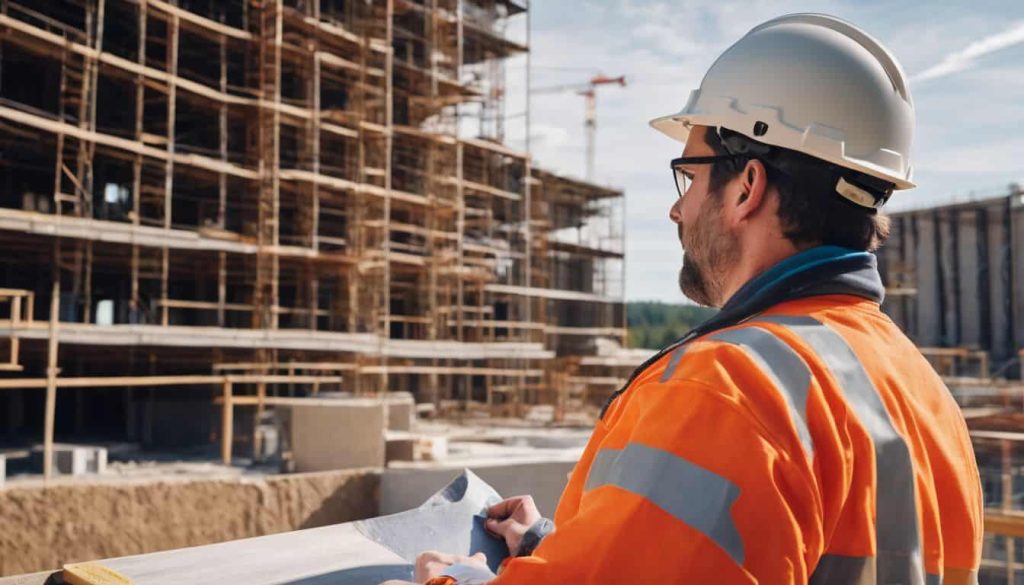
Ensuring safety during EIFS installation and repair is paramount for the project’s success. Regular training and adherence to safety guidelines play a crucial role in achieving this goal.
Every step, from using appropriate sealants to operating heavy machinery, requires utmost caution and expertise. Always remember that a safe work environment leads not only to successful projects but also promotes overall worker wellbeing.
FAQs
What is EIFS installation?
EIFS installation involves applying an exterior insulation and finish system to a building’s outer walls for energy efficiency.
Why are safety protocols important for EIFS installation and repair?
Safety protocols ensure workers avoid injuries during the EIFS process, protect the building from damage, and maintain high-quality workmanship.
What basic equipment is needed for safe EIFS installation?
For safe EIFS installation, you need proper protective gear such as gloves, eye protection, hard hats, and safety boots.
How can I make sure my team follows safety protocols during EIFS repairs?
Conduct frequent training sessions on safety procedures and monitor your team closely to ensure they comply with all established rules during EIFS repairs.
Should I hire a professional or can I do my own EIFS repair safely?
Because of the specialized tools and understanding required in order to properly execute these tasks while following essential safety precautions, it’s generally safer to hire professionals for any necessary repairs of your EIPS system.

